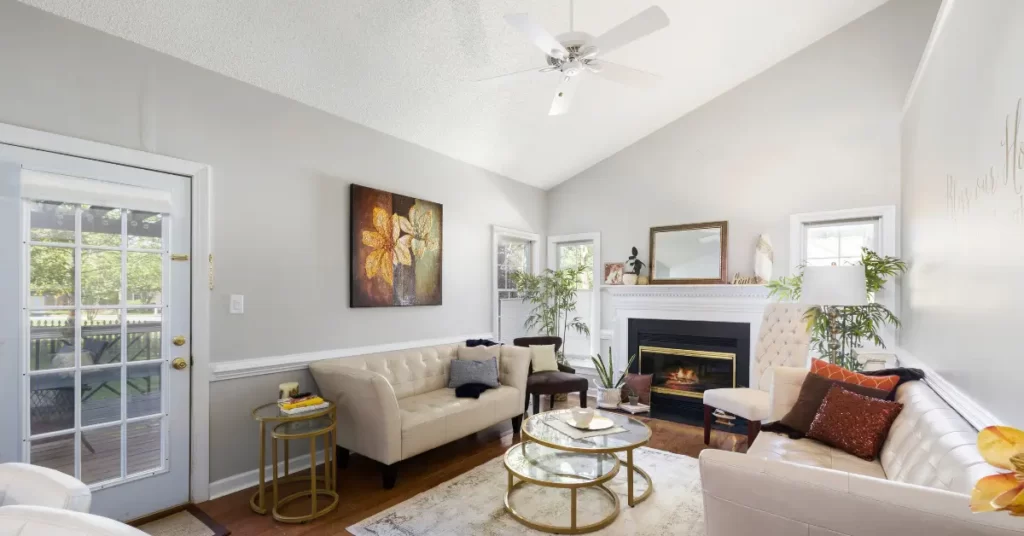How to Start a Interior Design Career in Europe
Interior design is a rapidly growing field with a high demand for creative professionals who can transform spaces into aesthetically pleasing and functional environments. If you have a passion for design and want to start a career in interior design in Europe, this guide will help you navigate the path to success. From education and training to building your portfolio and finding job opportunities, here’s a comprehensive roadmap to kickstart your interior design career on the European continent.
Unlocking the Path to Success in Interior Design

1. Gain a Solid Education
One of the first steps to becoming an interior designer in Europe is to acquire a solid education. Most interior design jobs require at least a bachelor’s degree in interior design or a related field. Look for accredited design schools and universities that offer comprehensive programs. Some renowned institutions for interior design in Europe include:
- Politecnico di Milano (Italy):
Offers a prestigious Interior Design program known for its emphasis on both theory and practice. - Royal College of Art (UK):
Known for its innovative design programs, including Interior Design, which focuses on pushing the boundaries of traditional concepts. - The Royal Danish Academy of Fine Arts (Denmark):
Offers a unique approach to design education, blending creativity with a strong theoretical foundation. - Ecole Camondo (France):
Known for its strong emphasis on interior architecture and design. - Technical University of Delft (Netherlands):
Offers an architecture program that encompasses interior design elements.
Consider the program’s curriculum, faculty, and facilities when choosing a school. The right education can provide you with the necessary knowledge, skills, and industry connections to launch your career.
2. Build Your Portfolio
As you progress through your education, start building a portfolio of your work. Your portfolio is your calling card in the interior design world. It should showcase your creativity, design versatility, and the depth of your skills. Include a variety of projects, from concept sketches and mood boards to finished designs. Collaborate on projects with fellow students, volunteer for design events, and seek internships to gain hands-on experience.
3. Get Practical Experience
Internships and part-time jobs are crucial for gaining practical experience. Many European countries have internship programs, and these opportunities can introduce you to real-world projects, mentorship, and networking. Try to intern with renowned design firms, or if you’re entrepreneurial, consider starting your own projects or small freelance assignments to gain experience.
4. Stay Informed and Inspired
Interior design is a dynamic field, and trends are constantly evolving. Subscribe to design magazines, follow influential designers on social media, and attend design exhibitions and trade shows. Staying informed and inspired is vital for keeping your work fresh and innovative.
5. Network
Networking is a key aspect of building a career in interior design. Attend industry events, join professional organizations such as the European Council of Interior Architects (ECIA) or local associations, and engage with fellow designers on social media platforms like LinkedIn and Instagram. Building a strong professional network can lead to valuable collaborations and job opportunities.
6. Understand European Regulations
Different European countries have varying regulations and requirements for interior designers. Be aware of the specific licensing and certification processes in your chosen country. In some regions, you may need to pass an examination or register with a professional body before practicing as a certified interior designer.
7. Consider Specialization
Interior design encompasses a wide range of specialties, such as residential, commercial, healthcare, and hospitality design. Consider specializing in a niche that aligns with your interests and strengths. Specialization can make you more competitive and open doors to specific job opportunities.
8. Launch Your Career
After completing your education, gaining experience, and building a strong portfolio, it’s time to launch your career as an interior designer in Europe. Start by applying for entry-level positions at design firms, interior architecture studios, or even real estate companies. Alternatively, you can choose to work as a freelance designer, taking on projects that match your expertise.
9. Keep Evolving
The interior design field is constantly evolving, and to thrive, you must adapt and grow with it. Attend workshops, seminars, and continuing education courses to stay up-to-date with the latest trends and technologies in design.
10. Seek Professional Recognition
As you gain more experience and develop a successful track record, consider seeking professional recognition and certifications. This can help you stand out in the competitive world of interior design.
Starting a career in interior design in Europe is an exciting journey filled with creative opportunities and the chance to make a meaningful impact on people’s lives through your designs. By following these steps, you can build a successful career in this dynamic and rewarding field. Remember to stay passionate, stay curious, and stay dedicated to your craft, and you’ll be well on your way to becoming a successful interior designer in Europe.
Conclusion
In conclusion, embarking on a career in interior design in Europe is a fulfilling and creative endeavor, and with the right steps and determination, you can find success in this dynamic field. By obtaining a solid education from reputable institutions, building a diverse and impressive portfolio, gaining practical experience through internships, and staying well-connected within the industry, you can position yourself for a promising career.
Remember that staying informed and inspired by the ever-evolving world of design, networking, understanding local regulations, and potentially specializing in a niche can significantly enhance your prospects. As you launch your career, whether in a design firm, as a freelancer, or elsewhere, continue to evolve and adapt to stay competitive and relevant in the industry.
Your journey in interior design should be one of constant growth, exploration, and creativity. By following these steps and remaining passionate and dedicated to your craft, you’ll have the opportunity to leave your mark on the world, one beautifully designed space at a time. So, take that first step and embark on your exciting path toward a successful interior design career in Europe!












